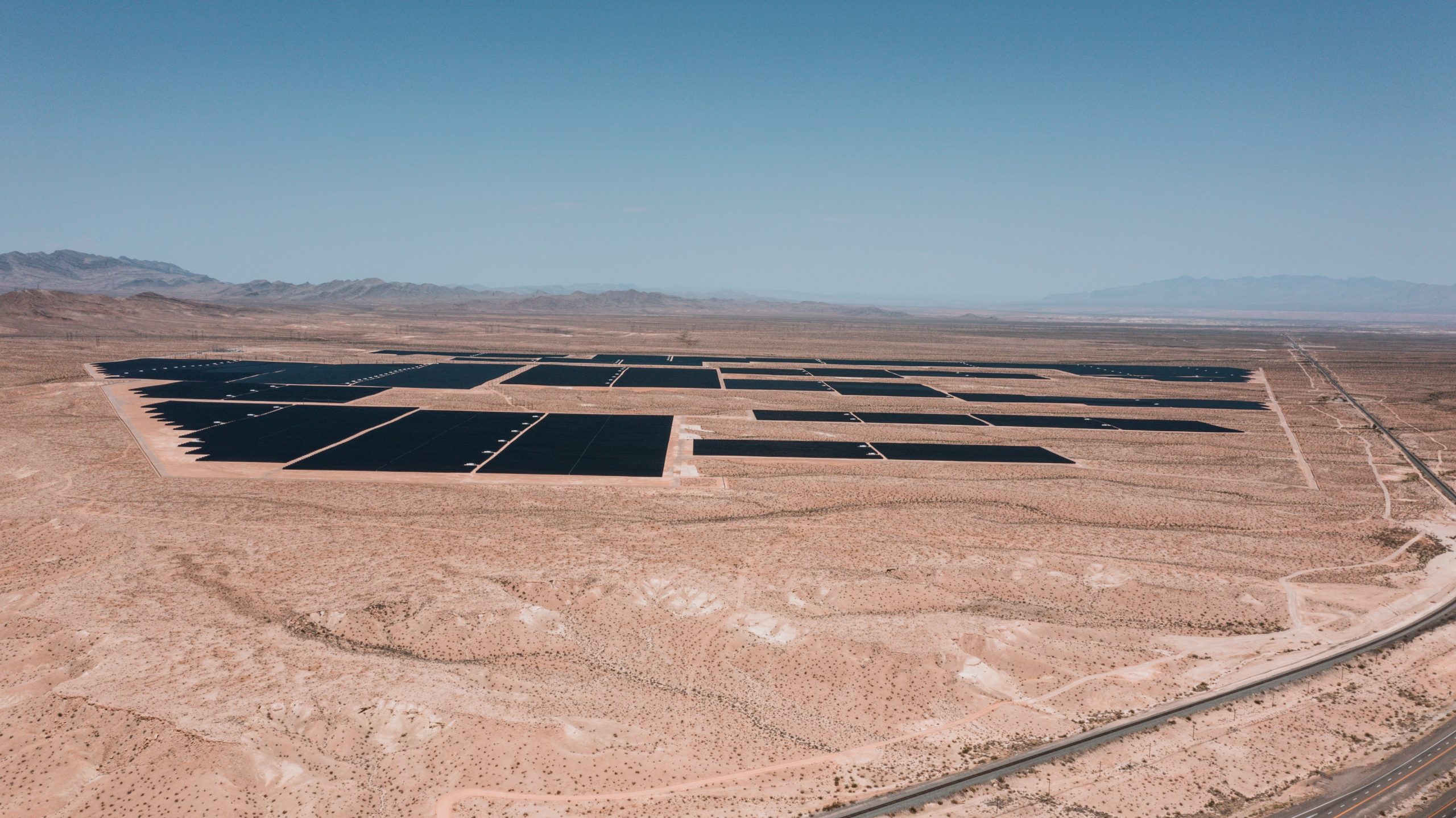The CSP-PV hybrid power plant
How electricity can be generated from solar energy around the clock
The CSP-PV hybrid power plant
How solar energy can become electricity around the clockann
Electricity around the clock
Generating electricity from solar energy with conventional photovoltaic (PV) systems always has one decisive disadvantage: the sun does not shine around the clock. Generating electricity after sunset is therefore not possible. But that's exactly what an integrated CSP-PV hybrid system can do. At temperatures of up to 565 degrees Celsius, thermal and electrical energy is generated from the sun's radiant energy: While the electrical energy is supplied directly to consumers, the thermal energy can be stored and used at a later time or converted into electricity and made available to consumers.

Generating electricity from solar energy has always had one major disadvantage with conventional photovoltaic (PV) systems: the sun does not shine around the clock. Therefore, generating electricity after sunset is not possible. But that's exactly what a CSP-PV hybrid system does. At temperatures of up to 565 degrees Celsius, energy is generated from the heat of the sun, while the photovoltaic system only has a supporting effect. But the advantages of such a system do not end there.

How does the integrated CSP-PV hybrid system work?
The CSP-PV hybrid plant consists of 3 circuits, which are interconnected. In the first circuit, radiant energy is converted into thermal energy by means of parabolic mirrors and a heat transfer fluid (WTF, e.g. thermal oil or salt) is transferred to water, which flows through a specially designed absorber tube. This tube runs along the focal point of the parabolic mirrors. The heated WTF then transfers the thermal energy to a salt storage system and to a water-steam loop, and then flows back to the mirrors in the solar field. In the second circuit (WTF: usually salt), this WTF is further heated by electric heaters and stored in the heat storage tanks; the heaters are powered by energy from the PV system that cannot be used by consumers. The salt can hold the heat for several days with almost no loss. In the third cycle (usually the water-steam cycle of a steam turbine process), the thermal energy of the storage tank is used to evaporate and compress water. This steam is fed into a turbine at around 540 degrees Celsius to convert the thermal energy into mechanical energy, which is ultimately absorbed by a generator to produce electricity.
The CSP-PV hybrid plant consists of 3 circuits, which are interconnected. In the first circuit, radiant energy is converted into thermal energy by means of parabolic mirrors and a heat transfer fluid (WTF, e.g. thermal oil or salt) is transferred to water, which flows through a specially designed absorber tube. This tube runs along the focal point of the parabolic mirrors. The heated WTF then transfers the thermal energy to a salt storage system and to a water-steam loop, and then flows back to the mirrors in the solar field. In the second circuit (WTF: usually salt), this WTF is further heated by electric heaters and stored in the heat storage tanks; the heaters are powered by energy from the PV system that cannot be used by consumers. The salt can hold the heat for several days with almost no loss. In the third cycle (usually the water-steam cycle of a steam turbine process), the thermal energy of the storage tank is used to evaporate and compress water. This steam is fed into a turbine at around 540 degrees Celsius to convert the thermal energy into mechanical energy, which is ultimately absorbed by a generator to produce electricity.

The advantages of the CSP-PV hybrid system
The advantages of the Integrated CSP-PV Hybrid Plant

At times of intense solar radiation, the PV system produces more electricity than can be used by electrical consumers, which temporarily leads to considerable overcapacity and even to the necessity of shutting down the PV system. An integrated CSP-PV hybrid system can make good use of these "losses" instead of discarding them. The almost loss-free transfer of this unused energy into the thermal storage and the simultaneous increase of the temperature level in the storage result in two positive effects: On the one hand, the storage capacity can be increased by a factor of about 3 for the same size, and on the other hand, the higher temperature level has a positive effect on the efficiency of the turbine circuit and power generation.
At times of intense solar radiation, the PV system produces more electricity than can be used by electrical consumers, which temporarily leads to considerable overcapacity and even to the necessity of shutting down the PV system. An integrated CSP-PV hybrid system can make good use of these "losses" instead of discarding them. The almost loss-free transfer of this unused energy into the thermal storage and the simultaneous increase of the temperature level in the storage result in two positive effects: On the one hand, the storage capacity can be increased by a factor of about 3 for the same size, and on the other hand, the higher temperature level has a positive effect on the efficiency of the turbine circuit and power generation.

